14 Joules
Orchestrated energy through intuitive urban protocols.
Introduction
In urban settings, it is the composition of buildings, the squares, the alleyways and the relationship between density and openness that determine a places expression. Spaces are formed with different identities, inviting people to linger or functioning as transit areas. Streets and mobility axes create a sense of identity and are essential components of the way we design. However, 20 years from now, the means and axes of transportation will develop in a way that makes us adapt our design to these changes. We are demonstrating our vision of a future without cars, where the public space is human-centric and energy self-sufficient.
Site
To start of, even though now Barceloneta is a popular area, but until the mid-18th century, it was totally uninhabited. The 1750’s marked the first residential constructions in the area for the fishermen that were working in the harbor. Pau Vila serves as a connection between the old city and the seaside. Present-day Barceloneta is well-connected to the rest of the city through transportation lines such as the metro station, train station, Bicing stations and arterial roads. Barceloneta is a hub for locals and tourists throughout the year because of its proximity to the sea and the various leisure activities in the area.
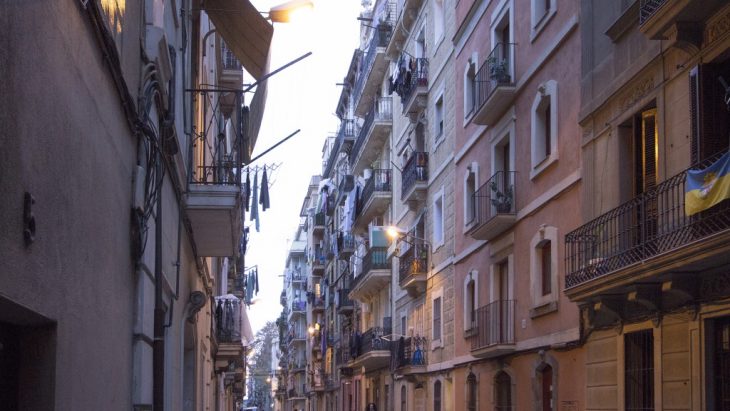
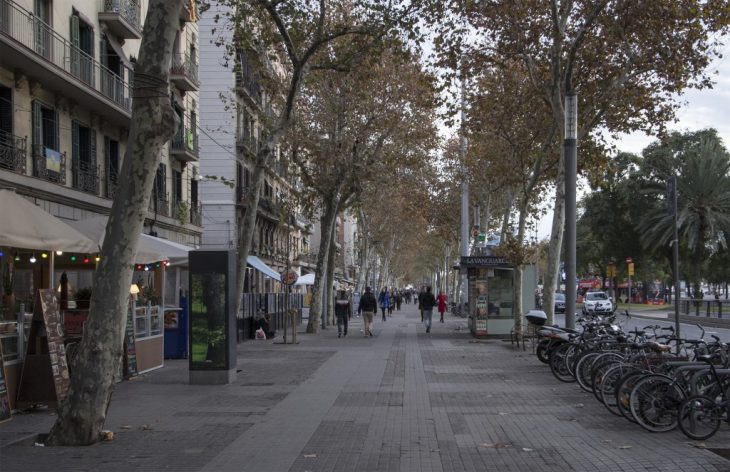
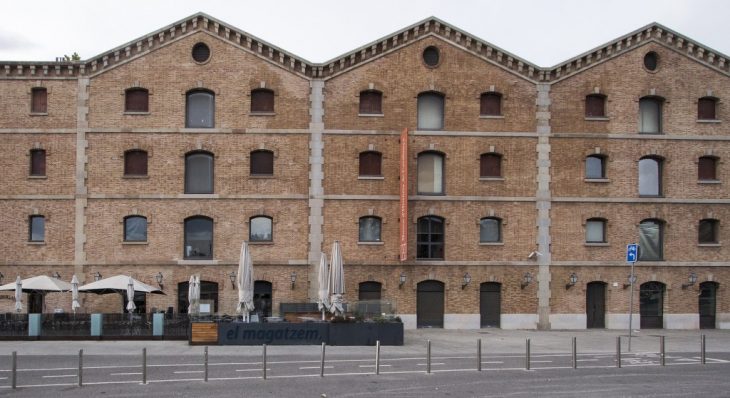
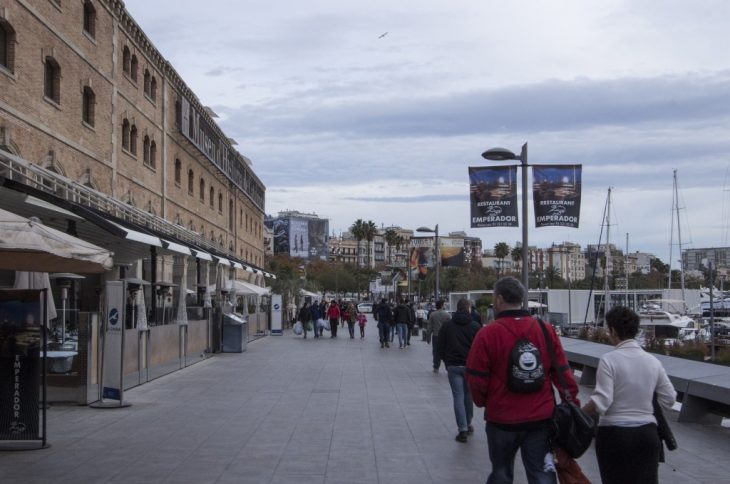
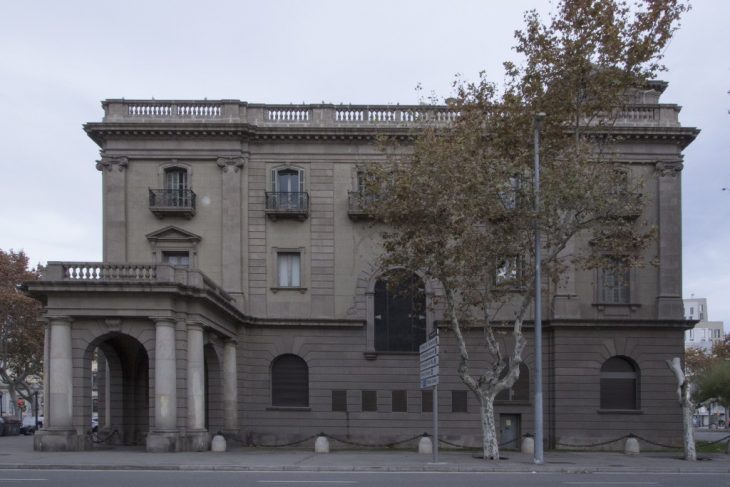

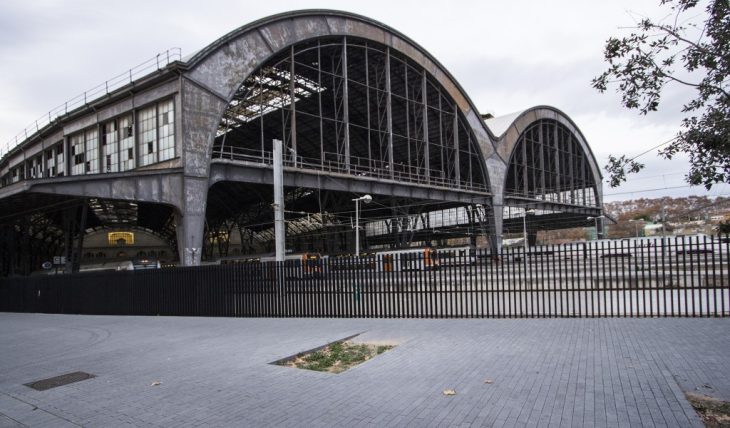
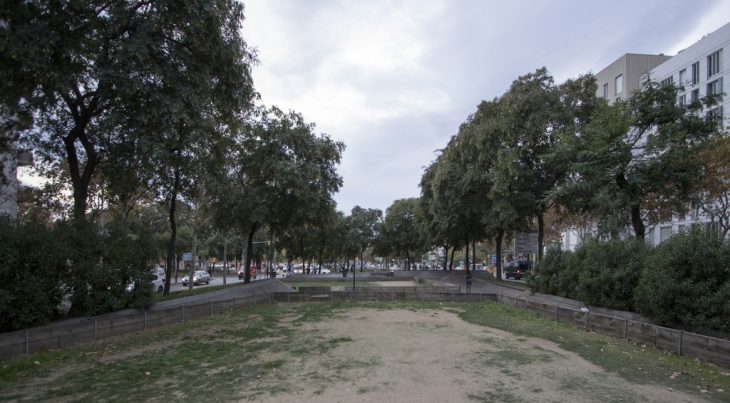
Mapping
Initially, our mapping strategy revolved around people and open spaces. The quality of a space is determined by the users’ intuitive acceptance of it. As our mapping strategy, we chose to map human behavior on the site to determine the cognitive effects of the urban environment of the users of the space. We quantified human behavior on the site based on three parameters.
“What is the density distribution of people on the site?”
“Based on visual preference, why are some zones more concentrated than others?”
“How are these zones linked within the site?”
Devices
We have a wearable belt which has five ultrasonic sensors located at equal distances with each other. It is coded in order to map distances around it, up to 3 meters. With this belt, I walked along various paths on the site for a specific period of time. While I’m walking, it is capturing data in terms of distances which is later on converted to a density map.
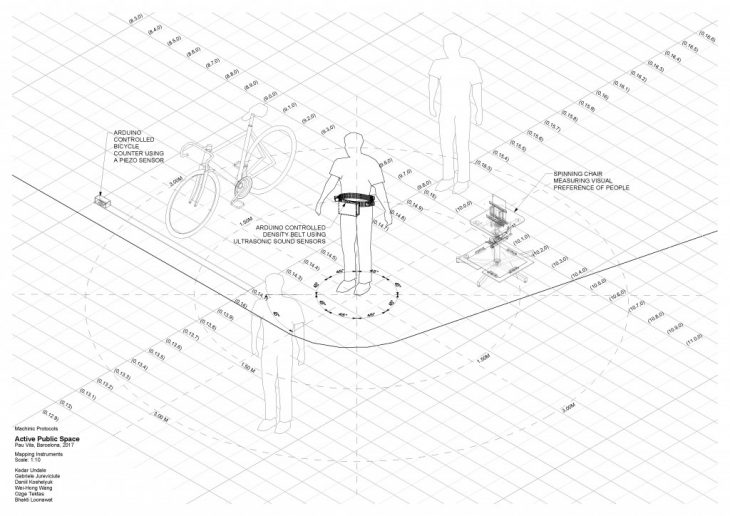
To quantify visual preference, we designed a spinning chair, which is located at various parts of the site at different times. When someone sits on it, they have the ability to rotate 360 degrees, orienting themselves towards their point of interest on the site. While they are spinning on the chair, the ink dropping system below generates a map of their visual preference, which helps us to understand which parts of the site act as focal points.
To analyse the connectivity on the site, we chose to map the number of bicycles passing through the connection points. The device is a simple linear plank with a piezo sensor located at one end. The piezo sensor captures the vibration of a bike passing on it in a specific time. The map locates the number of bicycles at a specific point at a certain point of time in the day.
Intervention
The data we collected on the site, reflects the present day situation. We use this data to initiate our intervention, with a people-centric approach towards the project. In the local territory, with the removal of cars, we speculate that the roads and sidewalks would merge and new pathways would emerge from human intuition.
An average person can generate 14 joules of energy in one second while walking. This number increases up to 25 joules while running. The movement of the sand on the game board represents this capacity to generate energy. Eight speakers below the board orchestrated the vertical movement of the sand – emanating frequencies based on the mapped data.
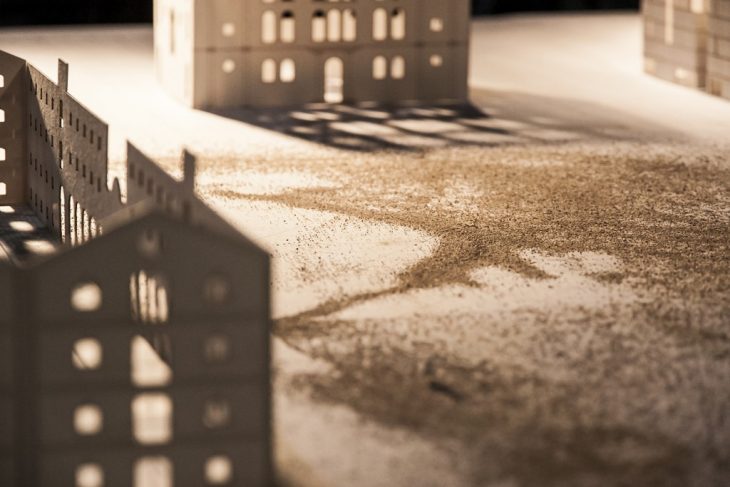


Protocol
Thus, our intervention in the open space is to generate energy from modular triangular tiles using piezoelectric technology. The area used by cars would now be used by people and the entire ground surface would be covered with these tiles generating energy to be used for public activities like music events, outdoor performances, playgrounds for kids and interactive learning spaces. The spaces for the public activities would also have the ground covered with the piezoelectric tiles which would sense the movement of the crowd and transfer the collected energy and transfer it to various places on the site. The generated energy would be also used for localized interactive lighting in the public spaces.
While we were designing the space, we envisioned the space from the point of view of a daily user, a woman who takes her dog for a walk every day. On their walk, the interactive street lighting captivate the dog. Almost trying to chase the light. On their path, she stops at a music event in a crowd of a few hundred people, generating energy that is being used for the event.
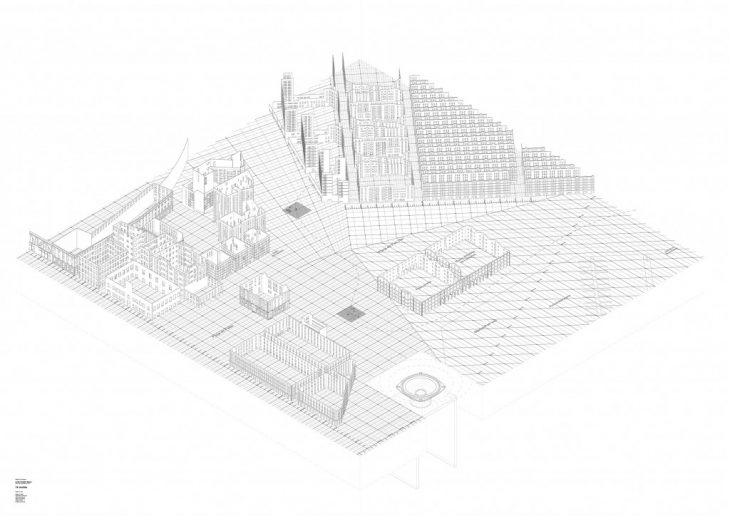
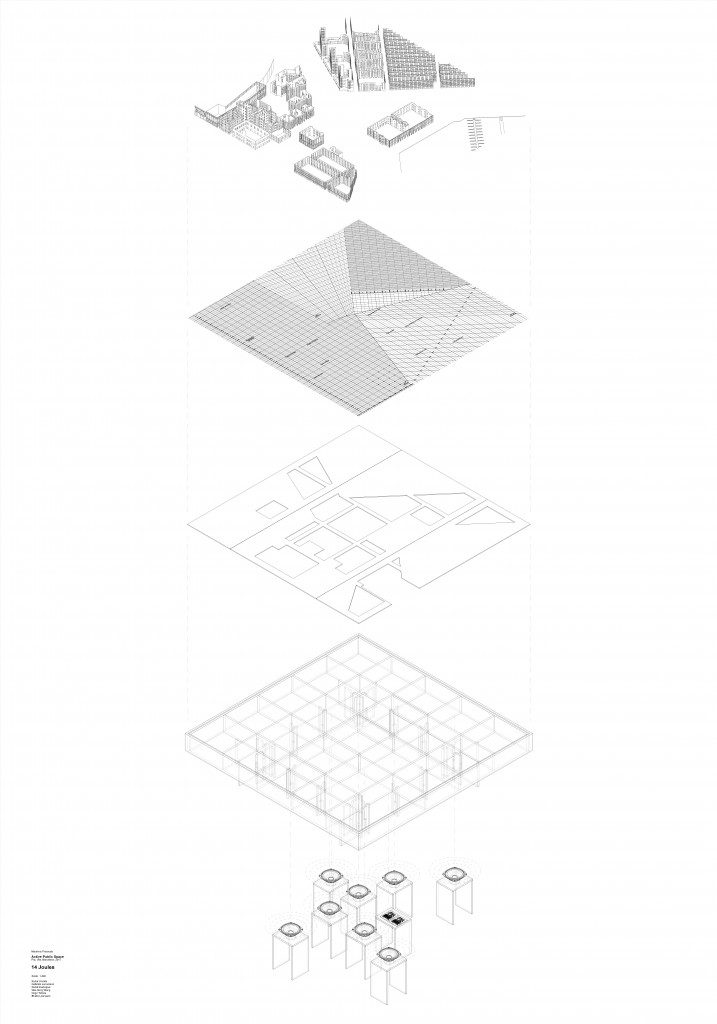
Conclusion
To sum-up, the city continuously is and will be receiving and analyzing data. The public space gives feedback and adapts to the environment. As architects, our role is to set up protocols and allow the space to transform in time responding to the user’s needs. An interdependent and ever-evolving loop between data and design are regenerating the public space for an unpredictable yet adaptable future.
project of
Master in Advanced Architecture
IS.1-G1-Introductory Studio
Machinic Protocols
lead by
Edouard Cabay
Rodrigo Aguirre
presented by
Bhakti Loonawat
Daniil Koshelyuk
Gabriele Jureviciute
Kedar Undale
Ozge Tektas
Wei-Hong Wang
